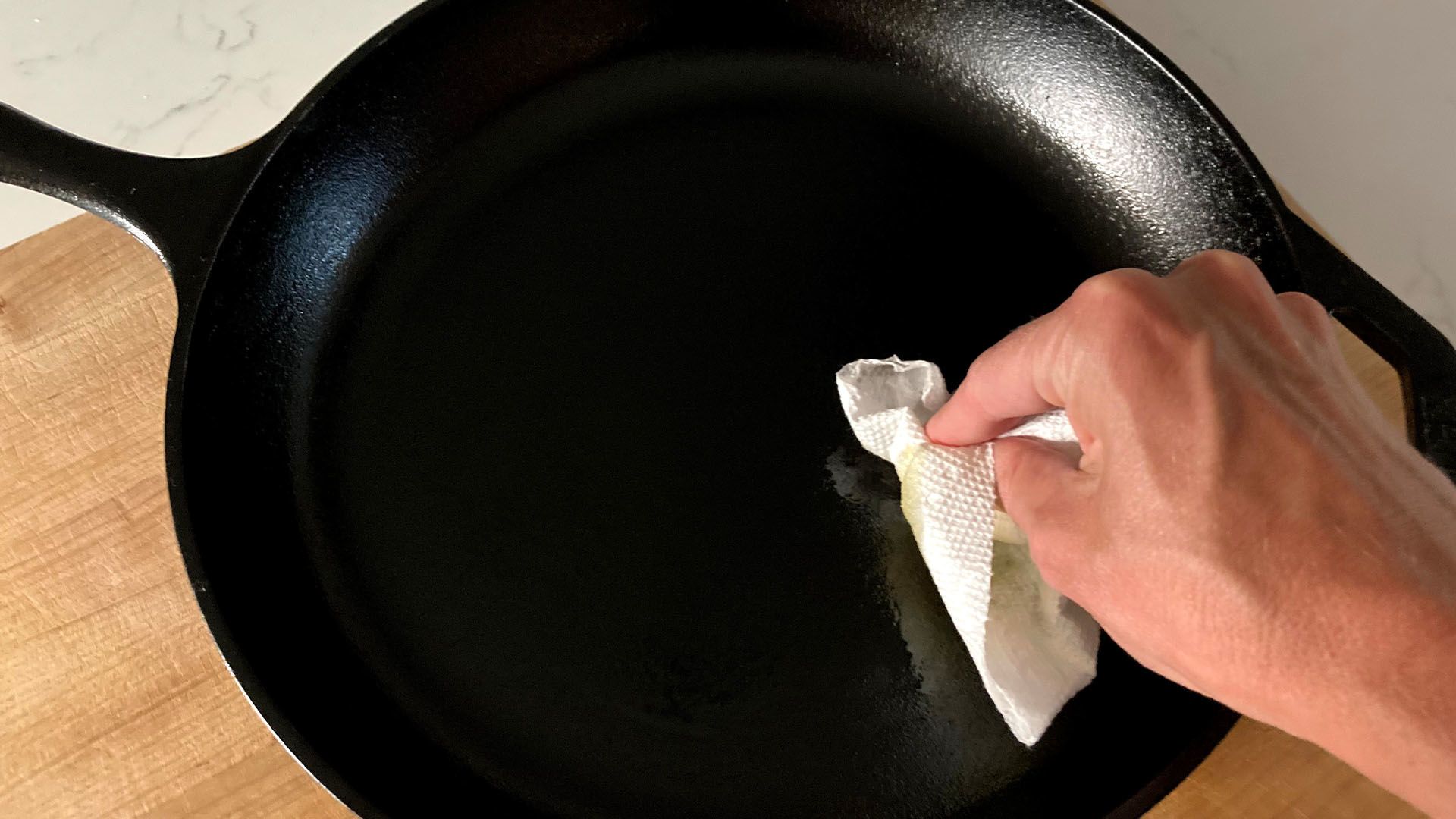What Is “Sushi-Grade,” Anyway? A Guide to Eating Raw Fish at Home
For sushi lovers and seafood enthusiasts, there’s nothing quite like the experience of indulging in fresh, melt-in-your-mouth raw fish. But before diving into your homemade sushi adventure, it’s essential to understand what “sushi-grade” actually means. In this guide, we’ll explore the definition of sushi-grade and provide valuable tips for safely enjoying raw fish at home.
The Meaning of “Sushi-Grade”
Contrary to popular belief, “sushi-grade” doesn’t have a universal definition. It is a term primarily used by seafood vendors to denote a specific quality level suitable for raw consumption. While there are no strict regulations or official grading systems, the term generally indicates that the fish is of exceptionally high quality, freshness, and cleanliness.
To ensure safety and optimal taste, reputable vendors use meticulous handling, freezing, and inspection methods to mitigate the risk of parasites or harmful bacteria. However, this doesn’t mean that all fish labeled as “sushi-grade” are equally safe. It’s crucial to purchase from trusted suppliers who follow proper handling practices.
Understanding Seafood Safety
When it comes to consuming raw fish at home, it’s essential to prioritize food safety. Here are some key tips to keep in mind:
- Buy from reputable sources: Look for trusted fish markets, grocery stores, or online retailers that specialize in high-quality seafood. Research their reputation, certifications, and customer reviews before making a purchase.
- Ask questions: Don’t hesitate to inquire about the source of the fish, how it has been handled, and if it has been previously frozen. A responsible vendor will be transparent and happy to provide you with the necessary information.
- Freezing: Freezing seafood at temperatures below -4°F (-20°C) for at least 7 days can help kill any potential parasites. If you choose to prepare raw fish at home, consider purchasing frozen fish specifically labeled for sushi or sashimi consumption.
- Visual inspection: Examine the fish for any signs of discoloration, off-putting odors, or abnormal texture. Fresh fish should have a vibrant appearance and a clean, slightly briny scent of the ocean.
Preparing Raw Fish at Home
When you’ve obtained high-quality, safe-to-eat raw fish, it’s time to embark on your culinary adventure. Here are a few pointers to ensure a successful sushi experience:
- Storage: Keep your raw fish stored in a clean, airtight container in the coldest part of your refrigerator and consume it as soon as possible.
- Cutting and slicing: Use a sharp, non-serrated knife to slice your fish with clean, precise cuts. This will help maintain the delicate texture and prevent unnecessary bruising.
- Dipping sauces and condiments: Enhance the flavor of your raw fish creations with traditional soy sauce, wasabi, pickled ginger, or other condiments of your choice.
- Experiment with flavors: Don’t be afraid to get creative and incorporate different ingredients and combinations to elevate your sushi experience. From avocado and cucumber to spicy mayo or sesame seeds, the possibilities are endless.
Remember, enjoying raw fish at home can be a wonderful experience, but always prioritize safety and quality. With the right knowledge and precautions, you can savor the taste of fresh sushi in the comfort of your own kitchen.
Disclaimer: This article is for informational purposes only and not intended as professional advice. Consult with a healthcare professional or a trusted culinary expert for personalized guidance.











